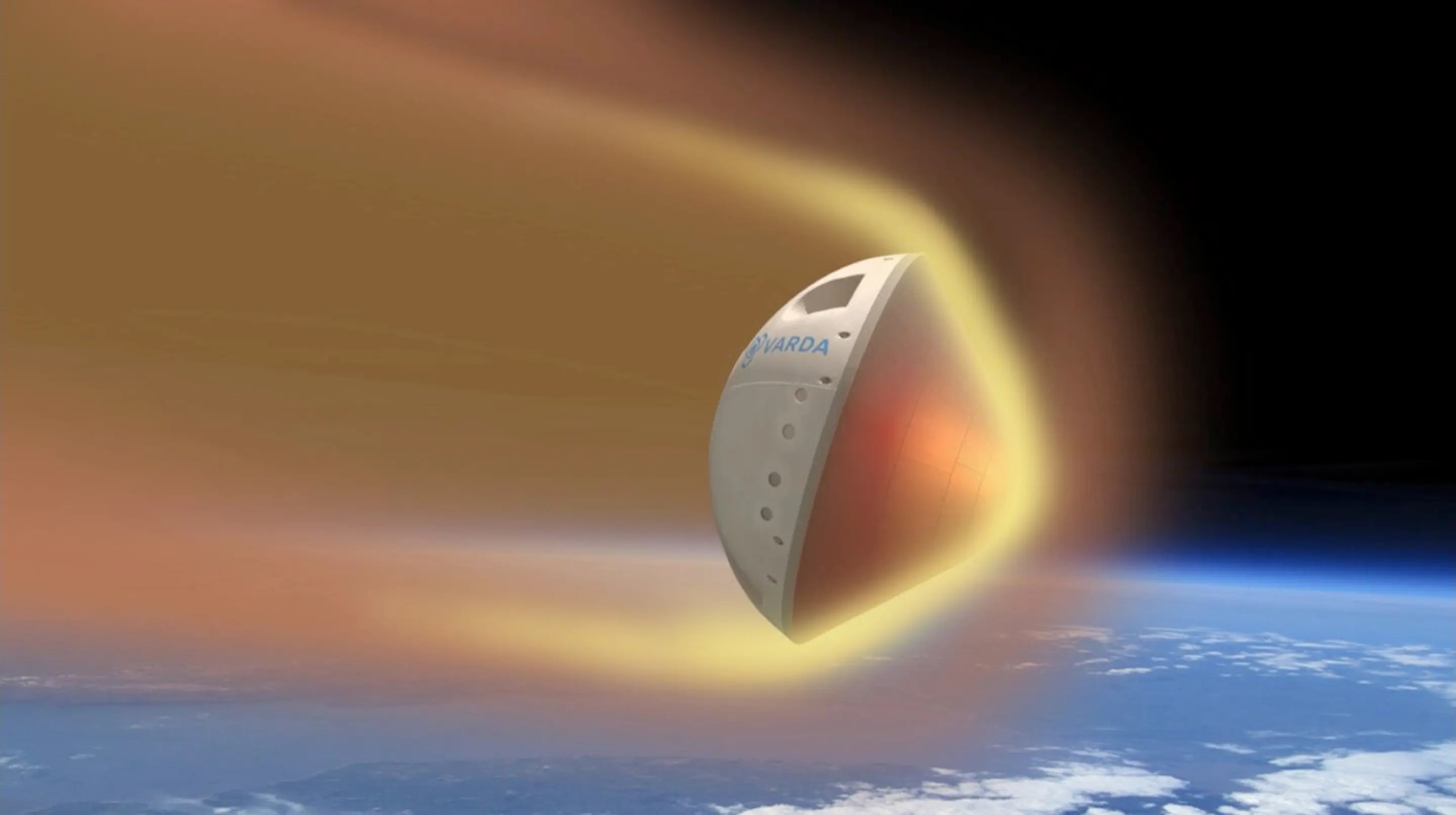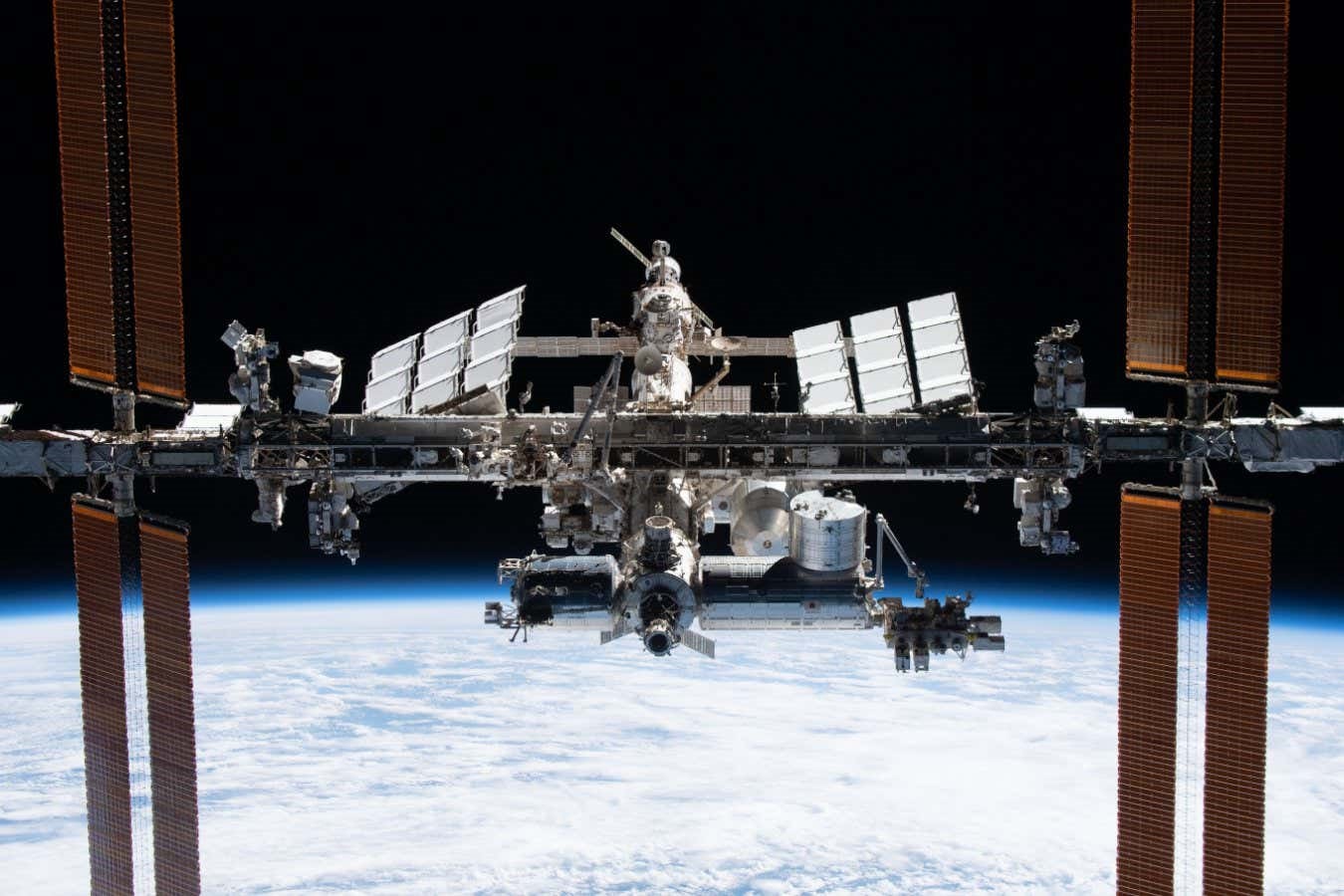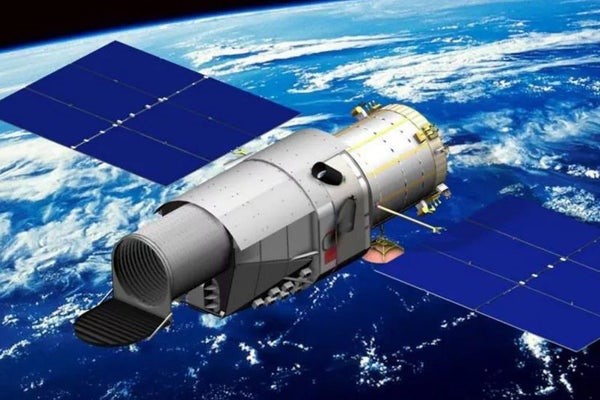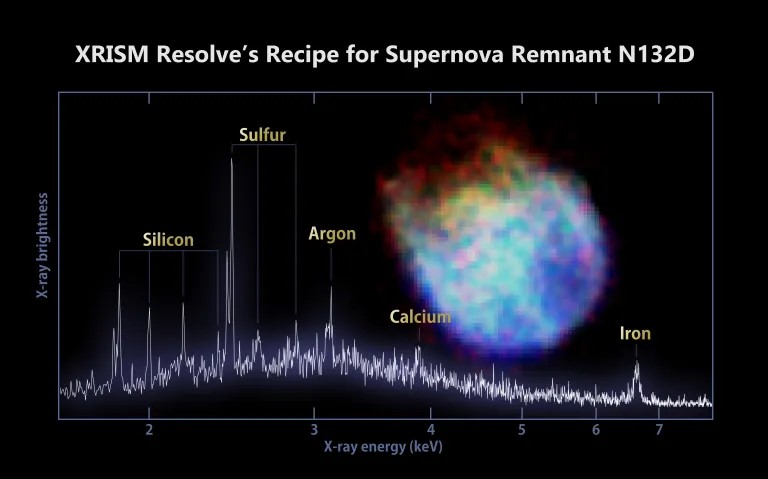Scientists Want to Use the Sun’s Gravity to Communicate Between Stars
Gravitational lensing, a phenomenon where mass distorts spacetime and bends light, is a crucial tool in astronomy. The James Webb Space Telescope utilizes this effect to observe distant galaxies behind massive galaxy clusters. Recently, NASA scientist Slava Turyshev proposed harnessing a gravitational lens closer to home—our sun. In a paper on the pre-print server arXiv, Turyshev outlines the detailed calculations supporting the feasibility of using the sun's gravity as a "solar gravitational lens" (SGL). This concept could be employed for interstellar communication by beaming light messages into space or studying the surfaces of distant exoplanets. The potential applications of a solar gravitational lens present exciting possibilities for future scientific endeavors.

Figure 1. Scientists Want to Use the Sun’s Gravity to Communicate Between Stars
Figure 1 Shows Scientists Want to Use the Sun’s Gravity to Communicate Between Stars Harnessing the gravitational lensing effect of our sun could revolutionize astronomy, according to Nick Tusay, a Penn State astronomer. The solar gravitational lens (SGL) offers an alternative to building larger telescopes on Earth, where the challenge lies in constructing massive mirrors or lenses. Instead, the SGL relies on the sun's gravity to bend spacetime and focus light, eliminating the need for larger telescopes.
While this approach presents a new challenge of reaching and maintaining a telescope at the sun's focal distance, ongoing efforts are underway to address these issues, as explained by Macy Huston, a Berkeley astronomer. The SGL not only enhances observational capabilities but also has the potential to boost transmitting capabilities for interstellar communication if extraterrestrial counterparts exist.
Slava Turyshev is actively developing a mission to deploy a one-meter telescope, smaller than the renowned Hubble, to the focal point of the sun's gravitational well. This ambitious journey spans about 650 astronomical units (AU), nearly five times Voyager 1's current distance record. To achieve this within a human lifetime, the team relies on advanced solar sail technology for increased speed. The mission aims to launch around 2035 and could play a crucial role in confirming extraterrestrial life. While the James Webb Space Telescope and the future Habitable Worlds Observatory focus on exoplanetary atmospheres, Turyshev's telescope, using the solar gravitational lens (SGL), would map exoplanet surfaces in detail, providing significant improvements over current imaging capabilities.
Looking ahead, the SGL technology holds potential not only as a powerful telescope for detailed observations of other planetary systems within our solar system but also as an interstellar communication network. Macy Huston suggests that positioning a laser at the sun's gravitational focus could enable intentional communication with other star systems, minimizing signal loss compared to current Earth-bound beacon technologies. This innovative approach opens up exciting possibilities for both exploration and communication in the realm of space science.
The solar gravitational lens (SGL) could potentially revolutionize interstellar communication, offering a more effective means between star systems, according to Nick Tusay. Unlike traditional radio transmissions, which weaken over vast distances, signals sent via the SGL, as demonstrated by Slava Turyshev's calculations, could be easily detected at nearby star distances, even amidst real-world background noise. While this technology addresses communication challenges, it doesn't solve the broader obstacle of physically traveling to other star systems. The inherent limitation of the speed of light introduces significant delays in galactic communications—more akin to sending letters cross-country by horseback than the instantaneous nature of modern communication. Nevertheless, the SGL represents a substantial step toward turning aspects of our science fiction aspirations into tangible possibilities for the future.
Source: POPULAR SCIENCE
Cite this article:
Janani R (2023), Scientists Want to Use the Sun’s Gravity to Communicate Between Stars, AnaTechMaz, pp.11















